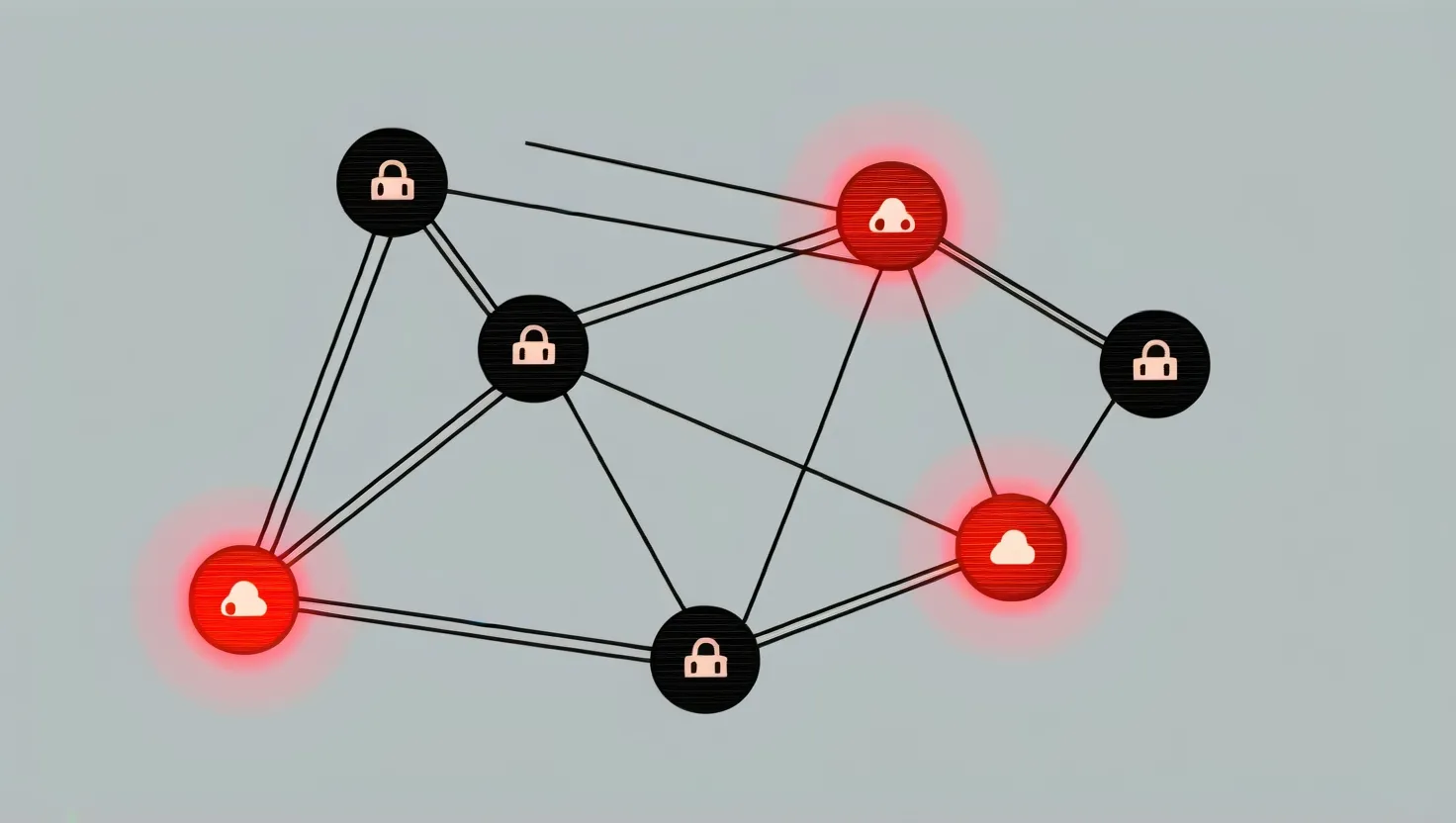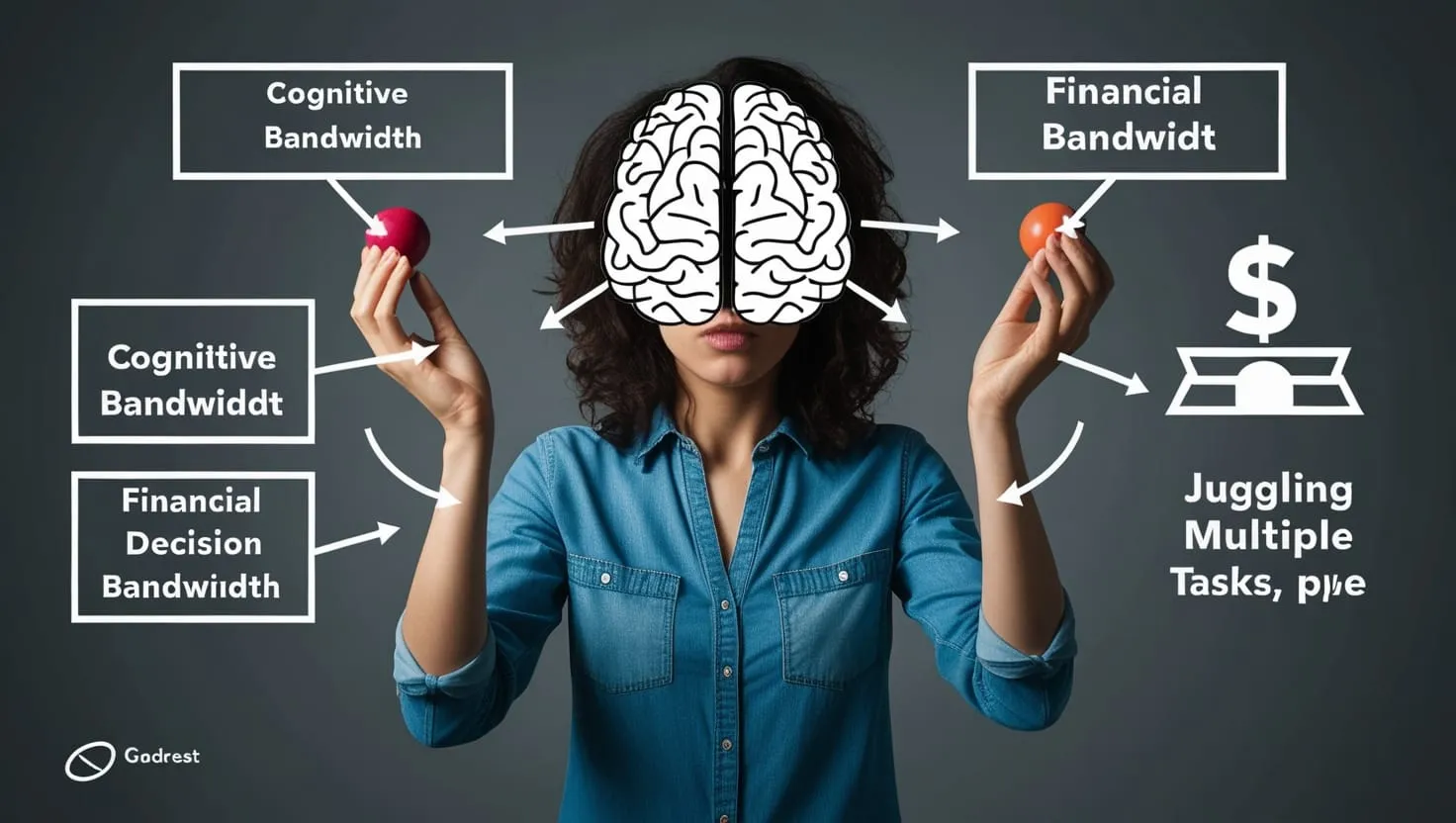Let’s start with a simple truth: financial services, as we once knew them, are rapidly fading in the rearview. I’ve watched this industry chase efficiency and accuracy for years, but never before has it shifted so quickly and so intelligently as it is today—with artificial intelligence leading that charge. AI isn’t just another buzzword or a line on a quarterly report. It’s actively changing the way loans get approved, fraud is sniffed out, portfolios are managed, regulations are met, and small businesses plan for tomorrow.
“Technology is best when it brings people together.” That’s a Bill Gates quote, and it feels right for what’s happening in finance today. Let’s walk through five AI applications transforming financial services now, not at some point in the distant future, but in ways that are making a measurable difference as we speak.
Automated credit underwriting has quietly started revolutionizing loan approvals. If you think back even five years, getting a loan felt like waiting in line at the world’s slowest post office—a tedious slog of paperwork and subjective evaluation. Human bias crept in, systems got overloaded, and deserving applicants sometimes slipped through the cracks. Now, AI-powered systems sift through thousands of data points—from transaction history to even social media signals—building a sharper, more nuanced picture of a person’s creditworthiness. Several major banks have begun reporting turnaround times 30 to 50 percent faster than legacy manual processes, and the kicker is that these algorithms can actually reduce discriminatory biases by focusing on financial behavior instead of appearance or background.
How comfortable would you feel if a machine, rather than a person, decided your fate when applying for credit? The irony is, early findings show algorithms—if carefully designed and audited—often outperform humans when it comes to fairness.
Let’s talk about fraud detection. The old model was reactive: a scam happened, then investigators pieced together the mess. Today, AI powers real-time fraud detection, acting like a hyper-vigilant sentinel that never sleeps. These systems scan millions of transactions and flag anomalies in an instant. Interestingly, they’re not only getting better at catching fraud, but also at reducing false declines. How many times have you had a legitimate purchase blocked because it “looked suspicious” to a legacy system? AI can distinguish real threats from harmless oddities much more effectively, which means fewer frustrations for everyday clients and a stronger reputation for banks.
“In God we trust. All others must bring data.” That classic from W. Edwards Deming fits remarkably well. In finance—where trust is everything—data, and the AI that makes sense of it, are quickly taking center stage.
Consider wealth management next. For decades, if you wanted truly personalized investment advice, you needed deep pockets and a private banker willing to play chess with your portfolio. AI-driven wealth management is flipping that equation. Now, dynamic algorithms adjust portfolios on the fly, reacting to market shifts in real time, and delivering tailored recommendations at scale—even for modest accounts. What once took hours of human analysis now happens in milliseconds. The result? More people can access bespoke advice, while even high net-worth clients benefit from finer-tuned risk management. Some fintech disruptors have built digital wealth advisors that monitor everything from global news headlines to a client’s recent purchase behavior, tuning asset allocations so portfolios stay balanced no matter what’s happening out there.
Do you think a machine would spot investment trends you’d otherwise miss? Would you trust it with your savings? These are questions institutions and clients are still grappling with, but the measurable uptick in returns and reduction in operational costs are hard to argue.
In the world of regulatory compliance, the stakes for accuracy are sky-high. A single reporting error can mean massive fines and public embarrassment. Here’s where AI shines once again: automating compliance monitoring and reporting, catching discrepancies before they become issues, and streamlining the entire process. JPMorgan Chase has famously implemented AI-driven document analysis tools to comb through contracts and regulatory filings at a speed and scale impossible for human teams. The result is a sharp drop in errors, faster audits, and a team that’s freed from endless manual checks to work on more strategic problems.
“Never mistake motion for action.” Hemingway’s point lingers here: lots of compliance professionals spent years in motion, buried in paperwork. AI finally lets them move from mere activity to meaningful action.
Small businesses, often squeezed by uncertainty around monthly cash flow, are finding relief in predictive AI tools. These platforms use historical data, real-time transactions, and even external signals like market trends to forecast incoming and outgoing cash. Intuit’s cash flow predictors, for example, give owners not just static spreadsheets, but living forecasts that update as circumstances change. With these insights, business owners make smarter decisions about hiring, inventory, and investment—turning guesswork into confident planning.
Here’s a question for you: if you ran a small business, what would you do differently if you could reliably see cash crunches or windfalls weeks in advance? For many entrepreneurs, the answers are as varied as their dreams—expansion, new hires, or just a little more sleep at night.
Of course, all this progress comes with challenges. Data quality remains a perpetual headache. AI is only as strong as the data you feed it, and banks are still wrangling with fragmented, siloed records, legacy architecture, and privacy concerns. Staff retraining is another hurdle. Automation frees people from repetitive tasks, but it also demands new skills—data interpretation, AI oversight, and client communication in a world where machines make more decisions.
Measurable benefits, though, are showing up everywhere. Banks running AI-driven underwriting and compliance have reported cost reductions up to 25 percent. Processing times for loans and audits are shrinking by half. Customer satisfaction scores climb as errors, delays, and headaches fade. Whether you’re JPMorgan or a nimble fintech, the benchmarks for success are clear: more automation, better data hygiene, thoughtful upskilling, and a commitment to fairness in algorithmic decision-making.
So where does this leave us? AI isn’t going to replace the human connection at the heart of finance, but it is making the system smarter, faster, and fairer. The institutions that thrive will be the ones who see AI not as a threat, but as a way to empower their teams, delight their clients, and finally deliver on old promises of efficiency and accuracy. The story of AI in financial services is just getting started, and the next chapter depends on how boldly—and thoughtfully—we write it.
“Progress is impossible without change, and those who cannot change their minds cannot change anything.” George Bernard Shaw’s words ring true for every financial leader today. The future of finance isn’t about choosing between people and machines. It’s about building a partnership where the best of both worlds bring new hope to old problems.
What would you want AI to do for your financial life? That’s not just a theoretical question anymore. The technology is ready—and it’s waiting for us to imagine what comes next.






